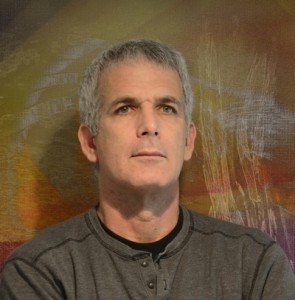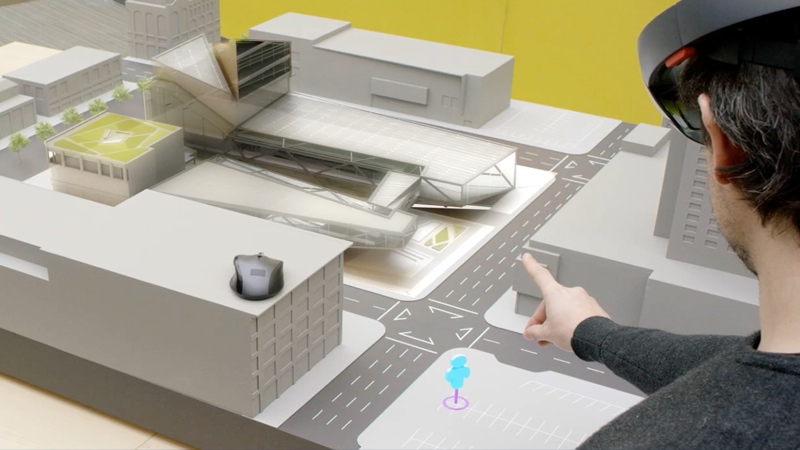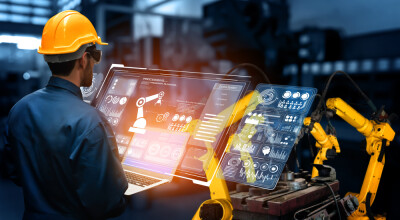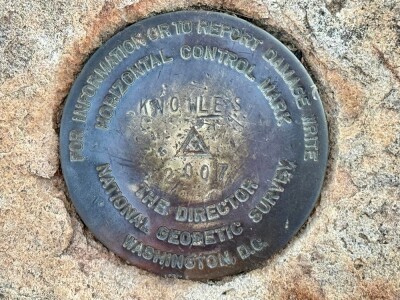Trimble’s Mixed Reality Program is one of the most exciting things going in the 3D-technology space. The core team works with customers from a number of industries (including construction, facilities management, mining, architecture, and more) to design mixed-reality solutions for Microsoft’s HoloLens technology. They’ve already worked with Gensler and AECOM, and I suspect that they’re working with a lot of other forward-looking companies that they haven’t publicized yet.

Aviad Almagor
Last week I sat down with the program’s director, Aviad Almagor, to discuss Microsoft’s HoloLens, what the technology can do for commercial users, the challenges of mixed-reality interfaces, and what we have to look forward to from Trimble.
I’ll be publishing the whole thing next week–it’s not to be missed if you have any curiosity about HoloLens or Magic Leap–but I thought a specific portion of the interview deserved its own excerpt.
Here, Almagor walks me through every stage of the building lifecycle, step by step, explaining how mixed-reality technology is going to change the way we work.
“I can look at the building lifecycle and say what they can do in the design phase or the pre-construction and construction phase, what they can do in the facilities management phase. They are quite different.
In the design phase, the weight will be on communicating my design intent. It will be on collaborating on the early design phase with other stakeholders—from engineers, to owners, to the public.
Moving to the pre-construction phase, it will be about training and communicating for the team on site. So they will build what I want them to build, something that will aligned with the design intent.
Moving to the construction phase, you can start using mixed reality to do QA and QC, comparing the digital model to the physical world on site, ensuring that what is being is aligned with the digital model, and also monitoring progress. If you can compare a 4D digital model of a specific date then you know what should be there in your schedule compared to what’s actually on site, and you can say “Hey, I’m behind or I’m ahead of schedule.”
Then, you move to facility management, and creating context becomes key. Here, you want to be able to use the same content you already created, content you’ve already invested in while creating the models, and project it into the environment and create a connection between my assets—my data sets, which I already have about any object in the environment—and the object itself. So if I’m looking at an object, I can see the history of the maintenance, the part I need to replace it, and maybe a video which will help me do the work, and all of this will be in context in the physical environment.
Take another step forward, and connect it to IOT [internet of things]technology, and you get real-time data about the pressure in the pipe or the performance of the pump, or whatever kind of information is relevant for your task.”
I’ll be publishing the rest of the interview with Almagor next week.






